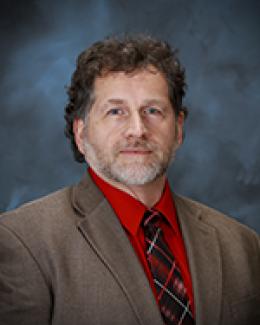Abstract
The mitigation of helium induced cracking in the heat affected zone (HAZ), a transition metallurgical zone between the weld zone and base metal, during repair welding is a great challenge in nuclear industry. Successful traditional fusion welding repairs are limited to metals with a maximum of a couple of atomic parts per million (appm) helium, and structural materials helium levels in operating nuclear power plants are generally exceed a couple of appm after years of operations. Therefore, fusion welding is very limited in nuclear power plants structural materials repairing. Friction stir welding (FSW) is a solid-state joining technology that reduces the drivers (temperature and tensile residual stress) for helium-induced cracking. This paper will detail initial procedural development of FSW weld trials on irradiated 304L stainless steel (304L SS) coupons utilizing a unique welding facility located at one of Oak Ridge National Laboratory’s hot cell facilities. The successful early results of FSW of an irradiated 304L SS coupon containing high helium are discussed. Helium induced cracking was not observed by scanning electron microscopy in the friction stir weld zone and the metallurgical zones between the weld zone and base metal, i.e. thermal mechanical affected zone (TMAZ) and HAZ. Characterization of the weld, TMAZ and HAZ regions are detailed in this paper.







